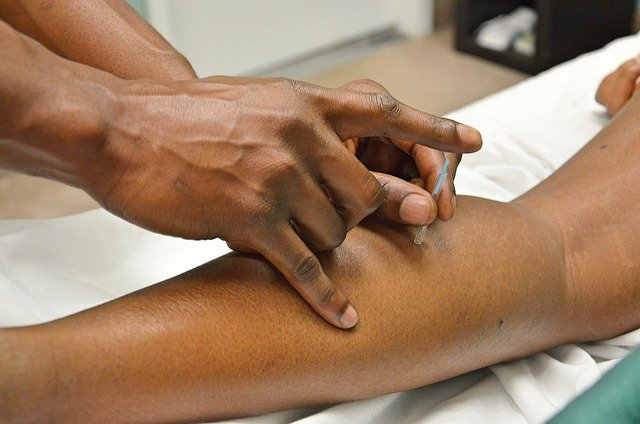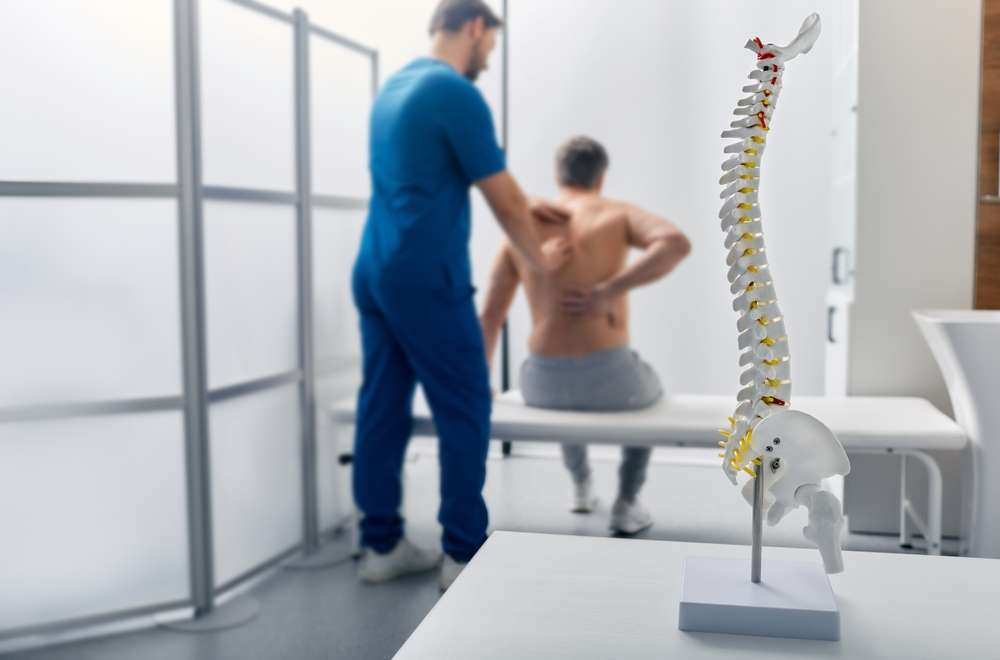Platelet-Rich Plasma: The Regenerative Skin Treatment
Platelet-rich plasma (PRP) therapy has emerged as a groundbreaking treatment in the field of dermatology and aesthetic medicine. This innovative procedure harnesses the body's natural healing processes to rejuvenate skin, stimulate hair growth, and address various dermatological concerns. PRP therapy involves extracting a small amount of the patient's blood, processing it to concentrate the platelets, and then reinjecting this potent mixture into targeted areas of the skin or scalp. The concentrated platelets release growth factors that promote tissue repair and regeneration, leading to improved skin texture, reduced fine lines, and enhanced hair growth. As a non-surgical and minimally invasive option, PRP has gained popularity among those seeking natural alternatives to traditional cosmetic procedures.

Platelets are best known for their role in blood clotting, but they also contain numerous growth factors and cytokines that play crucial roles in tissue repair and regeneration. When injected into the skin or scalp, these concentrated platelets release their growth factors, stimulating collagen production, promoting angiogenesis (the formation of new blood vessels), and attracting stem cells to the treated area. This cascade of biological processes leads to tissue regeneration and improved cellular function.
Historical Context and Evolution
The use of platelet-rich plasma in medicine dates back to the 1970s when it was first used in transfusion medicine. However, its application in dermatology and aesthetic medicine is a more recent development. In the early 2000s, researchers began exploring the potential of PRP for wound healing and tissue regeneration in various medical fields, including orthopedics and dentistry.
The transition of PRP into the realm of dermatology and aesthetic medicine gained momentum in the late 2000s and early 2010s. Dermatologists and plastic surgeons recognized the potential of PRP’s regenerative properties for addressing various skin concerns and promoting hair growth. As research expanded and techniques were refined, PRP therapy became increasingly popular as a non-surgical option for skin rejuvenation and hair restoration.
Applications in Skin Rejuvenation
PRP therapy has shown promising results in addressing a wide range of skin concerns. One of the primary applications is in facial rejuvenation, where PRP injections can improve skin texture, reduce fine lines and wrinkles, and enhance overall skin tone. The treatment is particularly effective in addressing the delicate under-eye area, where it can help reduce the appearance of dark circles and puffiness.
Another significant application of PRP is in the treatment of acne scars and other types of scarring. The growth factors in PRP stimulate collagen production and promote tissue remodeling, which can lead to significant improvements in the appearance of scars. This makes PRP an attractive option for individuals seeking to address long-standing acne scars or surgical scars.
PRP therapy has also shown promise in the treatment of hyperpigmentation and melasma. The growth factors in PRP can help regulate melanin production and promote a more even skin tone. While more research is needed in this area, early results have been encouraging for individuals struggling with stubborn pigmentation issues.
PRP for Hair Restoration
One of the most exciting applications of PRP therapy is in the field of hair restoration. Hair loss affects millions of people worldwide, and traditional treatments often come with significant side effects or require invasive surgical procedures. PRP offers a non-surgical alternative that has shown promising results in stimulating hair growth and improving hair density.
When used for hair restoration, PRP is injected into the scalp in areas of thinning hair or hair loss. The growth factors in PRP stimulate dormant hair follicles, promote the growth of new blood vessels around the follicles, and extend the growth phase of the hair cycle. This can lead to increased hair thickness, improved hair density, and a reduction in hair shedding.
PRP hair treatments are particularly effective for individuals with androgenetic alopecia (male or female pattern baldness) and are often used in combination with other hair loss treatments for enhanced results. The non-invasive nature of PRP makes it an attractive option for those who are not candidates for hair transplant surgery or who prefer a more natural approach to hair restoration.
The Treatment Process and Patient Experience
A typical PRP treatment session begins with a blood draw, usually from the patient’s arm. The blood is then processed in a centrifuge to isolate the platelet-rich plasma. While the PRP is being prepared, the treatment area is cleaned and may be numbed with a topical anesthetic to ensure patient comfort.
Once the PRP is ready, it is injected into the targeted areas using very fine needles. For facial rejuvenation, injections are typically administered in a series of small injections across the face, with particular attention to areas of concern such as fine lines or acne scars. For hair restoration, injections are made directly into the scalp in areas of thinning or hair loss.
The entire process usually takes about 60 to 90 minutes, and patients can typically return to their normal activities immediately after treatment. Some mild redness, swelling, or bruising may occur at the injection sites, but these side effects are generally minimal and resolve within a few days.
Efficacy and Long-Term Results
The efficacy of PRP therapy can vary depending on the individual and the specific condition being treated. Many patients report noticeable improvements in skin texture and tone after just one or two treatments, with optimal results typically seen after a series of three to six sessions spaced about a month apart.
For hair restoration, results may take longer to become apparent, with most patients noticing improvements in hair density and thickness after three to six months of treatment. Maintenance treatments are often recommended to sustain the results, typically every six to twelve months.
Long-term studies on the efficacy of PRP are still ongoing, but current research suggests that the effects can be long-lasting, especially when combined with proper skincare and lifestyle habits. The natural and regenerative nature of PRP means that results tend to look natural and improve over time as the body’s own healing processes are stimulated.
Safety and Considerations
One of the key advantages of PRP therapy is its safety profile. Because the treatment uses the patient’s own blood, there is virtually no risk of allergic reaction or rejection. The minimally invasive nature of the procedure also means that there is little risk of infection or significant complications.
However, as with any medical procedure, there are some considerations to keep in mind. PRP may not be suitable for individuals with certain blood disorders, those on blood-thinning medications, or those with active infections. It’s also important to have realistic expectations about the results, as PRP is not a miracle cure and may not be effective for everyone.
The Future of PRP in Dermatology
As research into PRP continues to expand, new applications and refinements in technique are constantly emerging. Some areas of current investigation include combining PRP with other regenerative therapies such as stem cell treatments, developing more targeted delivery methods, and exploring its potential in treating a wider range of dermatological conditions.
The non-invasive nature of PRP, combined with its potential for natural-looking results, positions it as a promising treatment option in an era where many patients are seeking alternatives to more invasive cosmetic procedures. As our understanding of the body’s regenerative processes grows, PRP therapy is likely to play an increasingly important role in the field of dermatology and aesthetic medicine.




